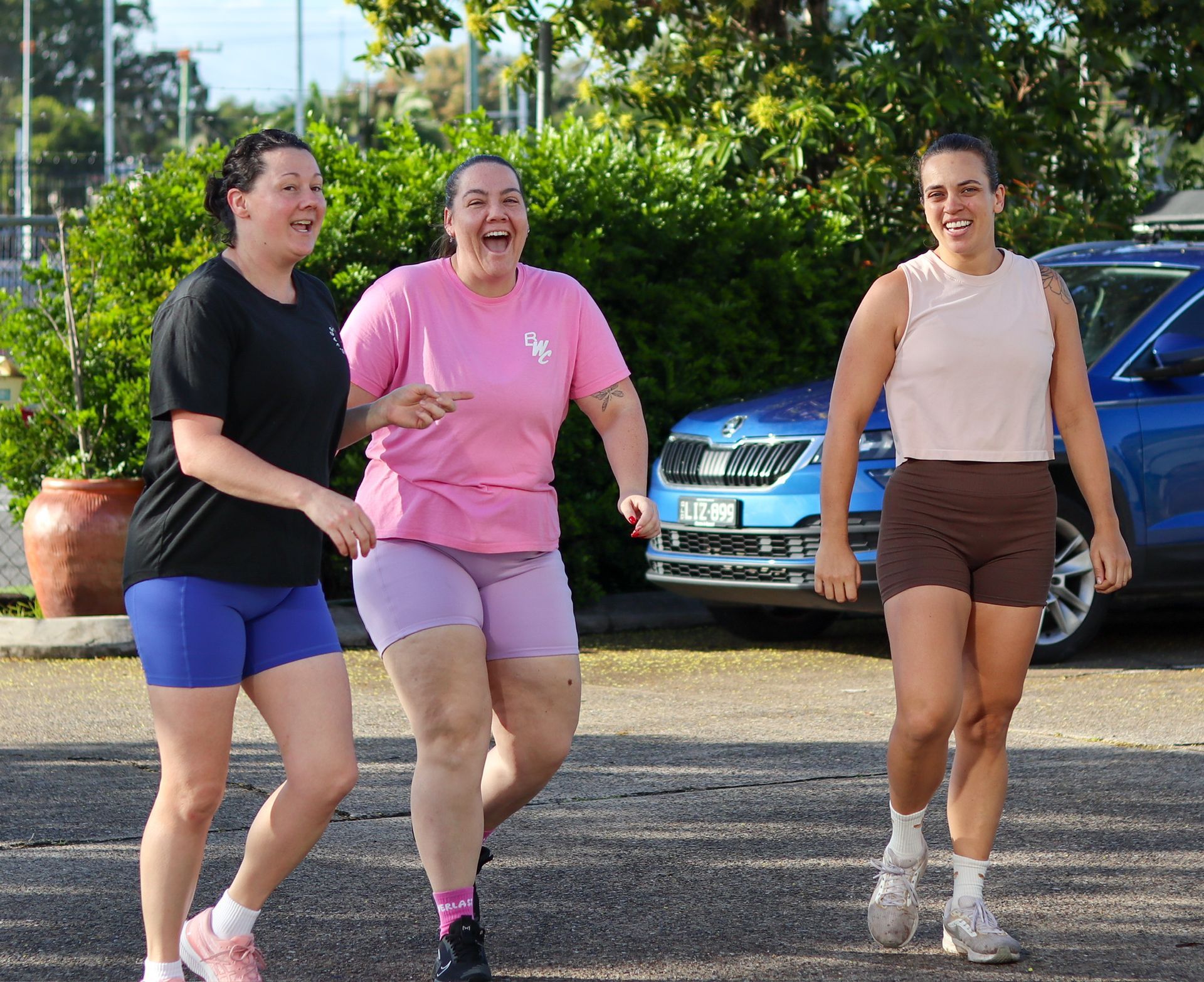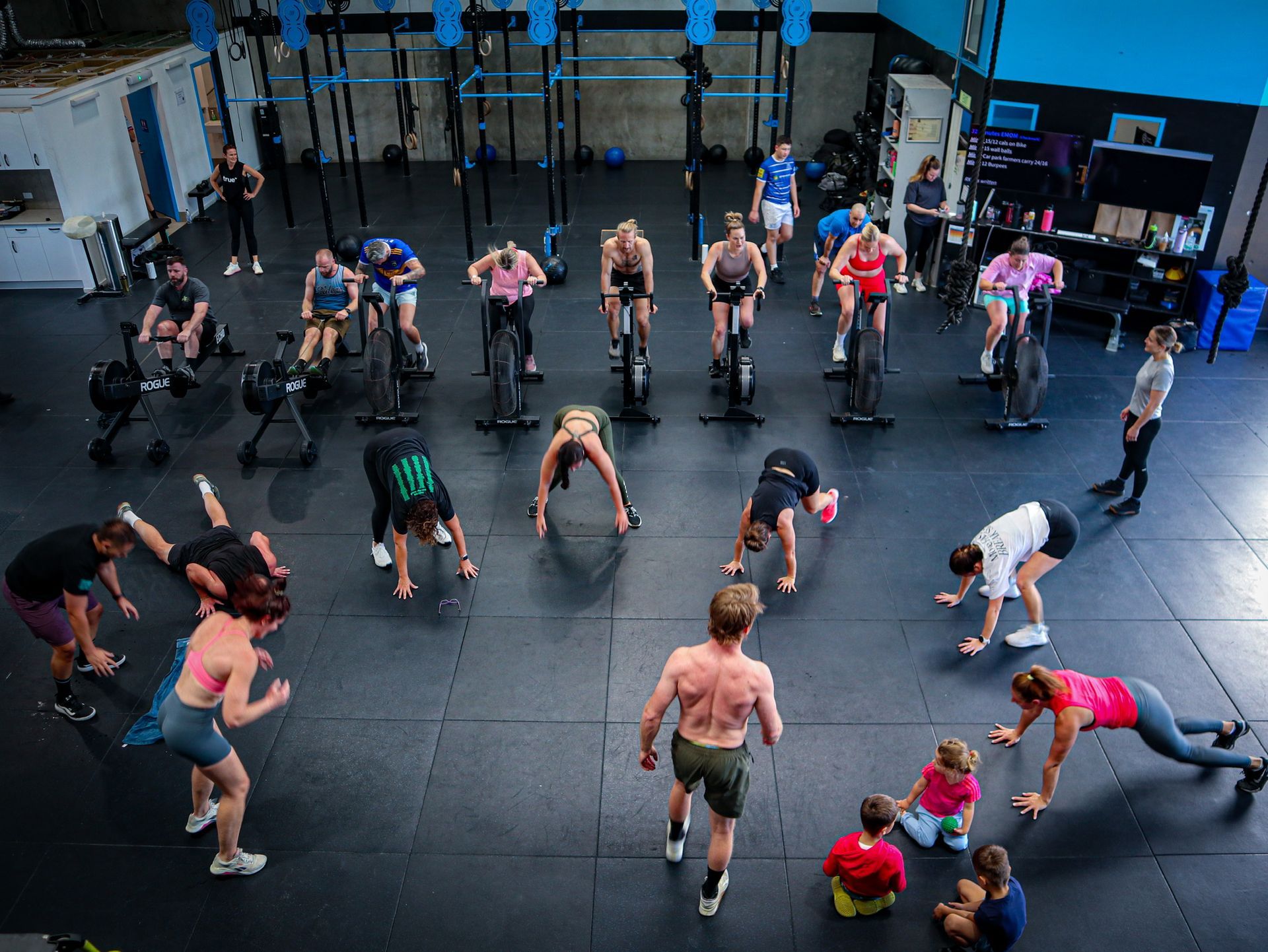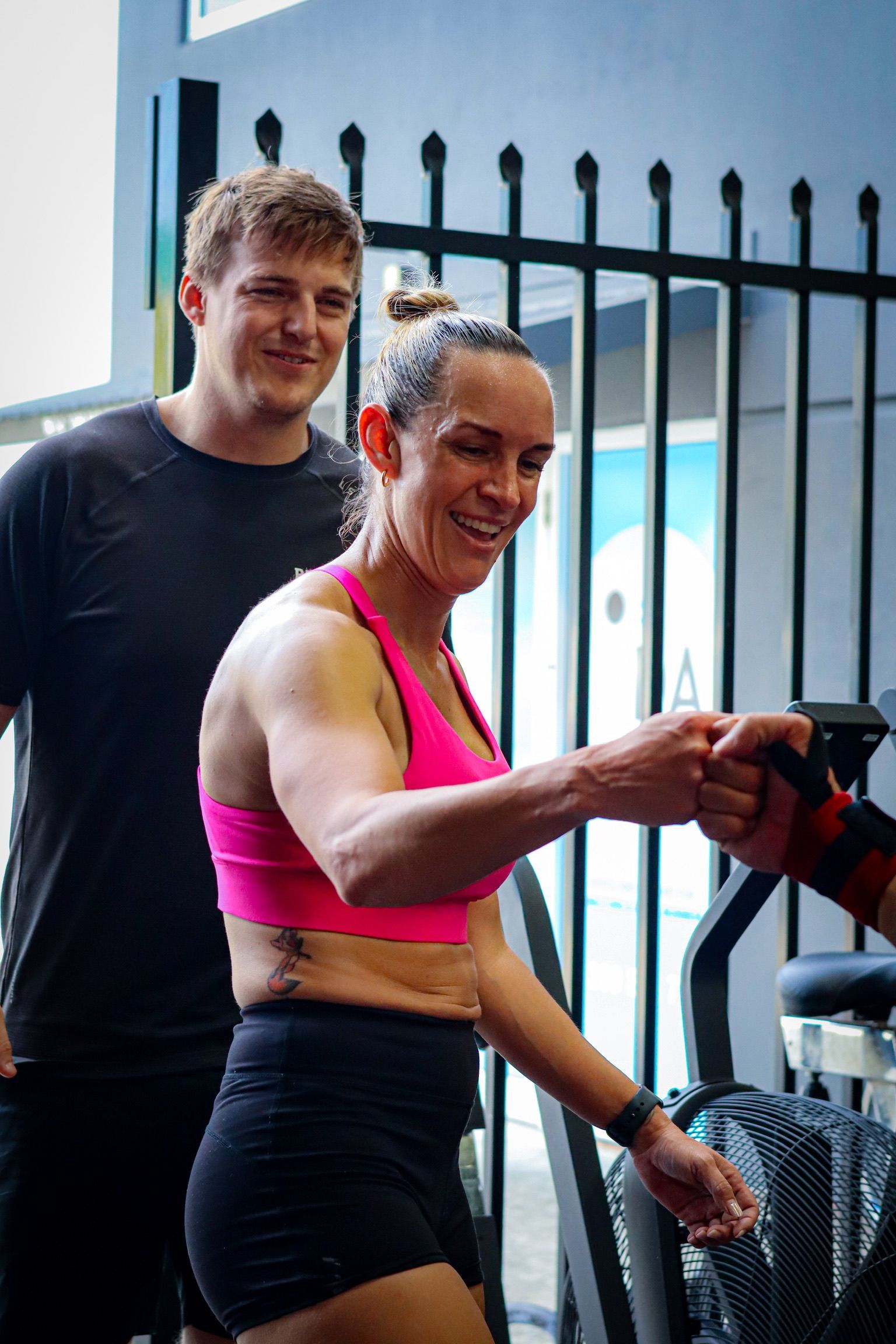How To Progress On Muscle-Ups
Muscle-ups are one of the most challenging yet highly sought-after movements in the gym. This advanced calisthenics exercise uses your body weight to activate multiple muscle groups simultaneously.
If you're aiming to master muscle-ups, here are six progressive drills to help you build the necessary strength, coordination, and technique.
1. Start with Ring Holds
Begin by performing basic ring holds to build stability and body awareness.
Key points:
- Hands shoulder-width apart (or slightly wider)
- Engage your core
- Tuck your pelvis under into a slight hollow position
Building stability here will form the foundation for more dynamic movements later.
2. Move on to Ring Dips
Once you're comfortable balancing in ring holds, progress to practising ring dips.
How to perform:
- Adjust the rings so your feet don't touch the ground.
- Mount the rings with your arms straight, supporting your body weight.
- Lower yourself by bending your elbows, then push back up to straighten your arms.
Ring dips build shoulder, chest, and tricep strength—crucial muscles for muscle-ups.
3. Work on Your Strict Pull-Ups
Strong, controlled pull-ups are essential for mastering the pull portion of a muscle-up.
Steps:
- Grab the bar with a shoulder-width grip, palms facing you.
- Pull yourself up until your chin is level with the bar.
- Lower yourself slowly and fully extend your arms at the bottom.
Focus on maintaining strict form—no swinging or kipping at this stage.
4. Master the False Grip
A false grip is a specialized grip that shortens the transition distance over the rings.
How to set the false grip:
- Place your hands through the rings, against the upper corners of your palms, palms facing up.
- Wrap your fingers around the rings, starting with your pinky and wrapping tightly.
- Rotate inward and pull down, placing pressure on the heel of your hands while flexing your wrists inward.
This grip is essential for a smooth transition from pull-up to dip in a muscle-up.
5. Practice the Movement From the Ground
Once you've mastered the holds and the false grip, begin combining the movements with your feet still on the ground.
Practice tips:
- Hold the rings using a false grip.
- Pull yourself up and over the rings, focusing on the transition phase.
- Use your legs minimally—just enough for support if needed.
This allows you to piece together the movement mechanics without the full body weight challenge yet.
6. Perform Your Kip
Kipping helps you generate momentum for the muscle-up.
How to practice:
- Use the rings to practice your kip (a dynamic swinging motion).
- As you pull the rings to your hips, look toward the ceiling.
- Transition smoothly into the muscle-up by punching your arms up and pressing out.
The kip adds the dynamic power needed to complete the muscle-up once you have built foundational strength.
Final Thoughts
Mastering the muscle-up is a long-term journey requiring patience, technique, and consistent practice.
By breaking the movement down into
progressive steps like these, you’ll build strength, confidence, and skill—one drill at a time.
Previous Blogs




